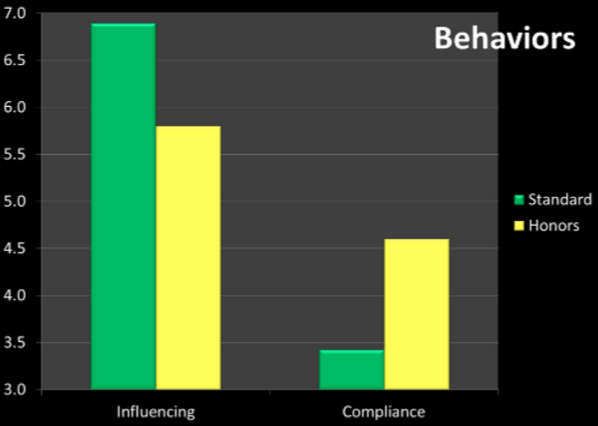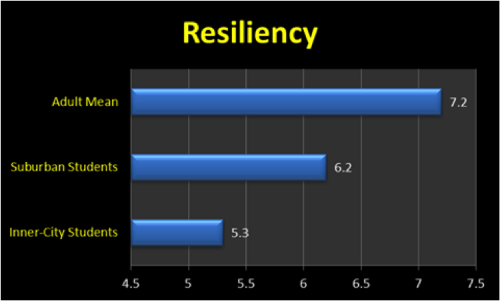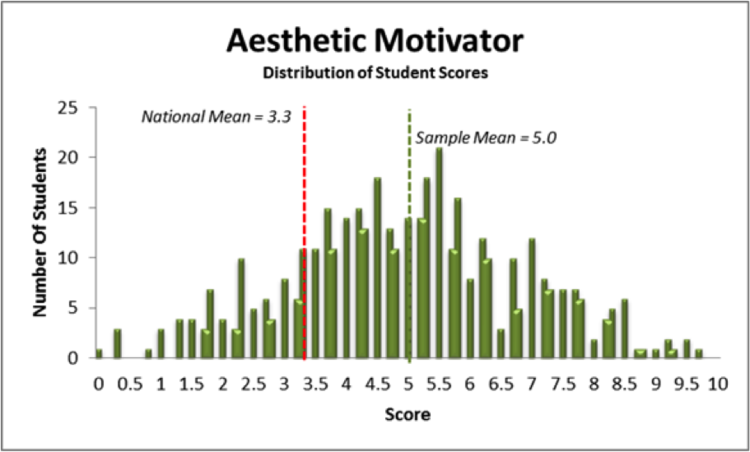New Research Spots Critical Gap Among Low-Income Students
January 28th 2015, Written by Marie Campbell
Today’s educators are beginning to understand that student success—that is, the kind of success that carries into all of adult life—has less to do with skills in vocabulary, mathematics, or the sciences, and more to do with basic, personal skills such as emotional control and the ability to plan for the future. As Paul Tough, author of How Children Succeed (2012), declares in an interview, “We don’t teach the most important skills”—skills like “persistence, self-control, curiosity, conscientiousness, grit and self-confidence” (qtd. Vander Ark). These non-academic competencies enable students to one day apply for and hold jobs, foster healthy relationships, and participate in politics. Here at Indigo, we call these competencies “21st century skills,” and we believe they affect every area of students’ lives, both academic and personal. It is lack of these skills, more than any other factor, that creates a false divide between low- and high-income students.
Indigo is continually seeking solutions to income disparity in secondary and post-secondary education. It is our hope that through the use of non-academic data, we will enable educators to close the rich/poor gap currently affecting college attendance and completion rates. In pursuit of this goal, Indigo researchers recently administered the Indigo Assessment to two high schools, one a suburban charter school and the other an inner-city charter school in Denver.
While these controlled groups cannot be considered indicative of all high schools across the nation—at least until further research is performed—initial findings suggest an extreme disparity between low- and high-income students when it comes to non-academic skills.
As seen in the chart below, areas of weakness for low-income students include Persuasion, Problem Solving, Self-Management, and Creativity—all basic skills necessary for academic success. In these areas, suburban students score almost a full standard deviation ahead of their inner-city peers.
Resiliency represents another area of concern for inner-city students. As the following chart displays, inner-city students fall two full standard deviations below national average. While adults score an average of 7.2 for Resiliency, inner-city students score only 5.3.
In fact, both high schools rank significantly lower than the national (adult) average, suggesting that high school students may have a harder time recovering from adversity than adults. (Please note: This claim requires more research to become verifiable.)
Resiliency has long been on the educational radar as a critical skill for student success. Bonnie Benard, in a 1995 edition of the ERIC Digest, defines resiliency as the internal property “by which we are able to develop social competence, problem-solving skills, a critical consciousness, autonomy, and a sense of purpose.” Benard argues that healthy school environments can contribute powerfully to the development of student resiliency, encouraging schools to “establish high expectations for all youth” and foster caring student-teacher relationships. Indigo’s findings fully support these long-established claims while highlighting one vital element: the acute lack of Resiliency among underprivileged students.
While specific curriculum interventions have not yet been developed for increasing scores in non-academic competencies, Indigo does see a correlation between student success and the ability of educators to focus on students’ strengths. For example, eight high-school students in a pilot program went from 30 failing grades to 3 in just ten weeks—all from simple, weekly lunch meetings. These students took the Indigo Assessment during the first lunch meeting; in the second meeting, Indigo staff explained their reports. The remaining 8 sessions used a group-discussion forum to highlight specific strengths for each student, never once mentioning students’ weaknesses or attempting remediation. At the end of this 10-week period, all of the students’ grades had gone up.
According to a recent New York Times article, this type of intervention is also seeing positive results among first-generation college students at University of Texas Austin. Chemistry professor David Laude found that many of his low-performing students—students with scores of D or F—came from low-income families (Tough, “Who Gets to Graduate?”). Laude believed these students were capable of success; they simply lacked self-confidence. He therefore formed smaller class sections for low-performing students, hoping to foster a sense of belonging and battle self-doubt. Laude soon saw low-income students rise to the level of their high-income peers (Tough). Thanks to Laude, U.T. has developed a scholarship program called Dashboard. The central strategy: “Select the students who are least likely to do well, but in all your communications with them, convey the idea that you . . . are confident they can succeed” (Tough). Through group discussions, lectures, and community service projects (Tough), Dashboard sees low-performing students become confident, successful student leaders.
Indigo hopes to continue working with the inner-city school measured above, developing new curricula to foster critical 21st century skills.
Works Cited
Benard, Bonnie. “Fostering Resilience in Children.” ERIC Digest (Aug. 1995): n. pag. Web. 21
Oct. 2014.
Tough, Paul. “Who Gets to Graduate?” The New York Times. N.p., 15 May 2014. Web. 12 Nov.
2014.
Vander Ark, Tom. “How Children Succeed: Attachment, Advisory & Adversity.” Getting
Smart. N.p., 27 Sept. 2012. Web. 15 Oct. 2014.



